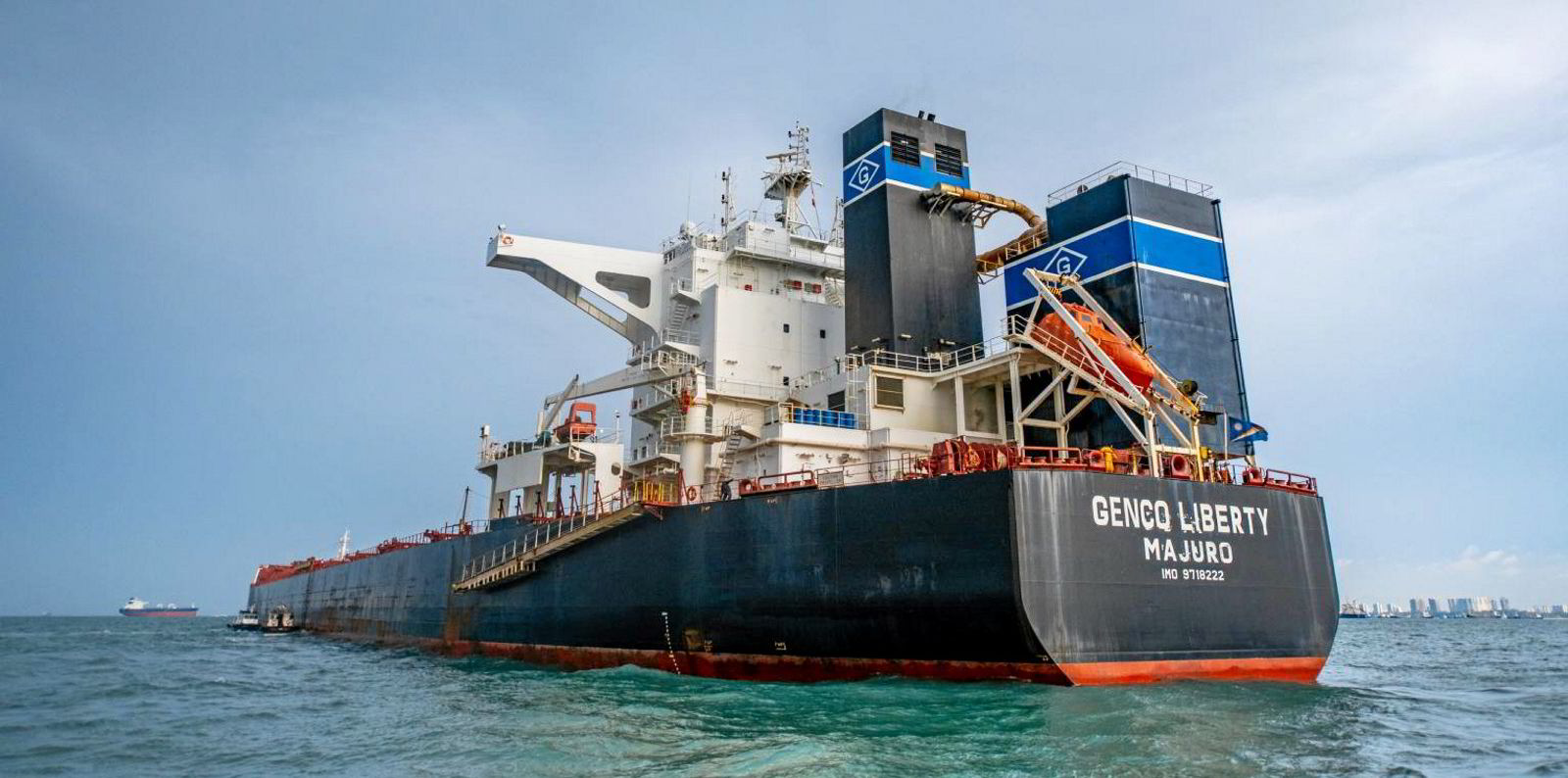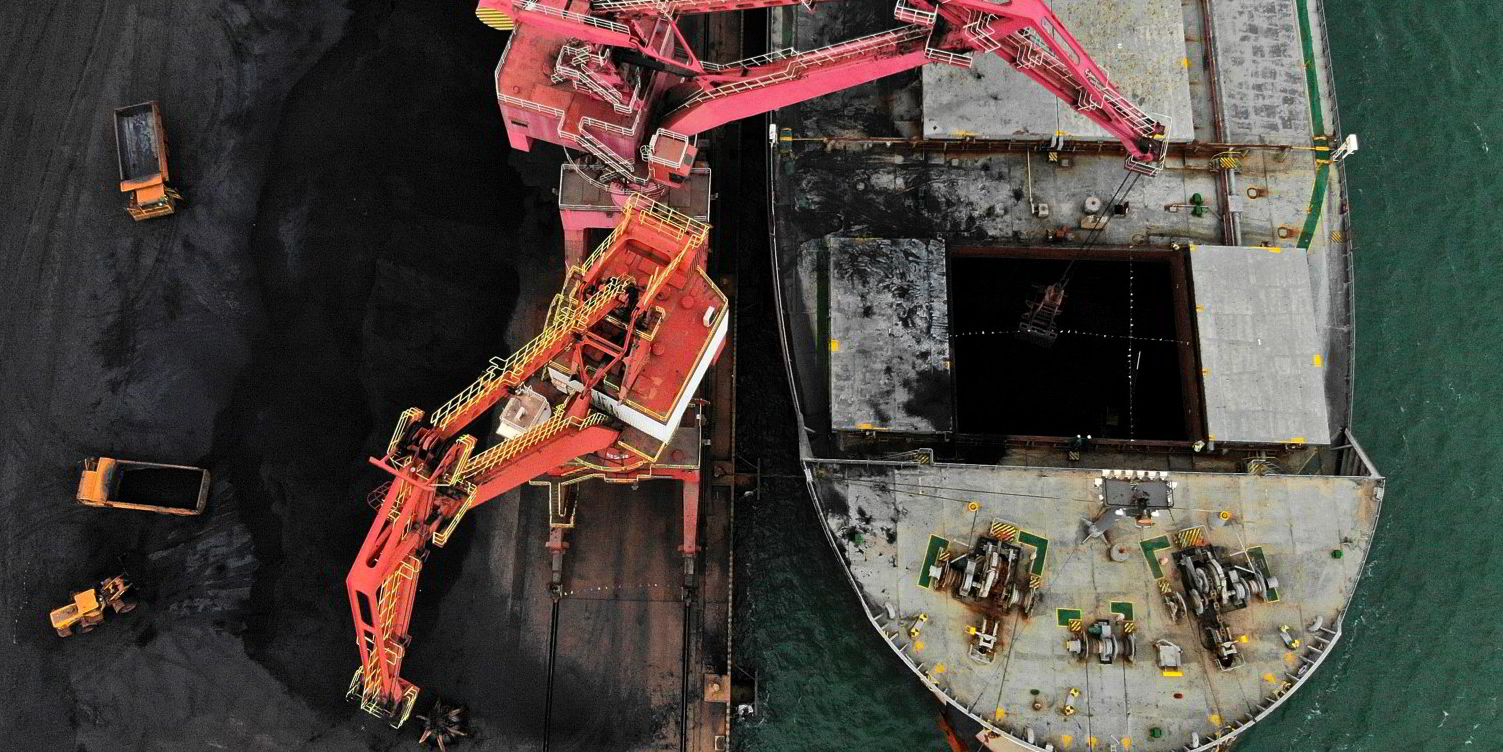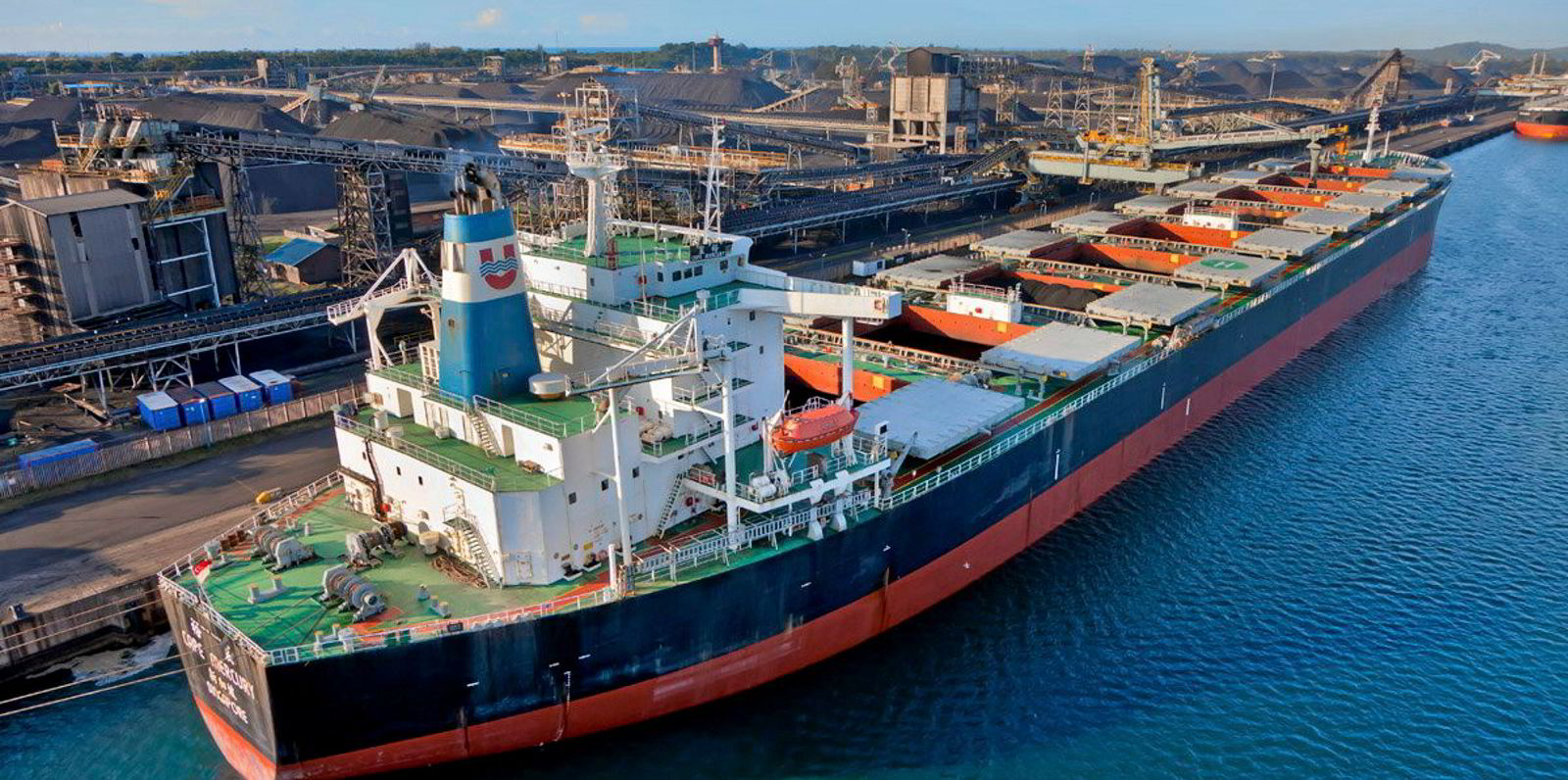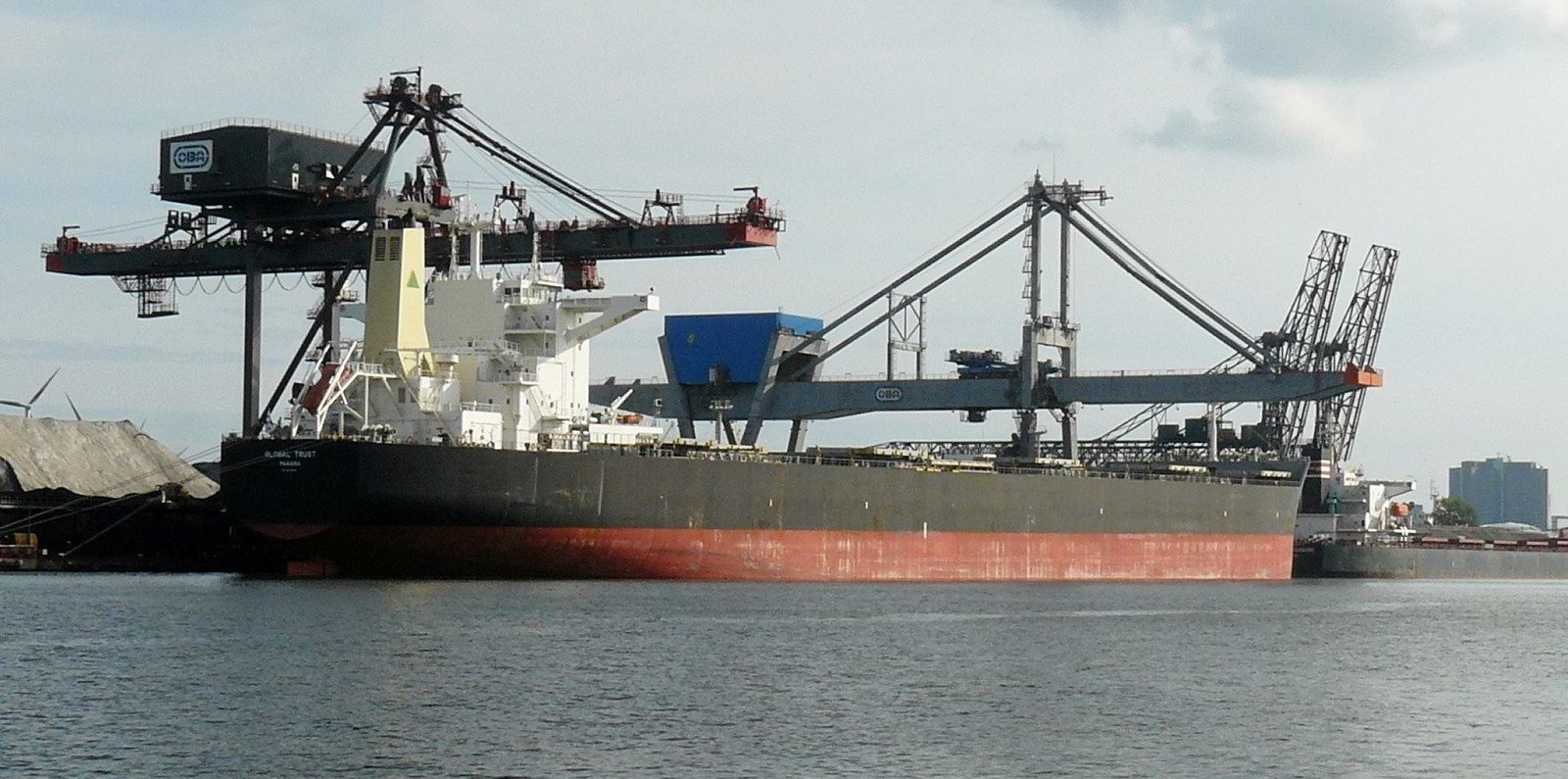Reports that China is considering lifting its embargo on the imports of Australian coal could end up being negative for the bulker market, Clarksons Platou Securities has said.
According to Bloomberg, China is looking to end the ban, which was put in place in December 2020, over fears about supply shortages.
“Historically, most Australian coal exports to China have been on capesizes,” analysts Frode Morkedal and Even Kolsgaard said. “Thus, the removal of the ban could be positive for capesizes.
“However, the shipments to China would have to replace shipments going elsewhere since there is little excess supply.”
The analysts said data from Clarksons Research shows that the average distance for Australian coal increased after the ban, which means removing the ban is likely to have the opposite effect.
Sanctions impact
Chinese officials are reportedly concerned that supply may tighten when Western-led sanctions on Russian energy kick in.
That has been prompted by fears that European-led curbs on Russian energy will increase competition for coal from China’s main suppliers such as Indonesia, Bloomberg said.
Although it remains uncertain whether a decision will ultimately be made to lift the ban, some companies are already preparing to resume imports, the news agency reported, quoting two unnamed sources.
Australia has an opportunity to “build up positive energy and create favourable conditions for sound and steady development between China-Australia trade relations,” Chinese foreign ministry spokesman Wang Wenbin said at a regular briefing in Beijing last week when asked about the prospect of ending the ban.
Removing a ban on Australian shipments would provide China with greater flexibility when buying coal.
Australia makes up almost 30% of total coal exports, making it the largest supplier behind Indonesia.
The European Union drastically scaled back its imports of Russian thermal coal in June ahead of a full ban in August, reported The Financial Times on Friday.
Just 1.7m tonnes of Russian coal were shipped to the EU by sea in June, a decline of 48% compared with May, it said quoting figures from commodities consultancy CRU.
In contrast, coal imports into the EU in the first six months of 2022 have seen large increases from the likes of the US, Australia and Colombia, according to statistics from Banchero Costa.
Imports from the US surged 91.6% year on year to 11.2m tonnes, making the US the second-largest supplier to Europe after Russia with a share of 19.4%.
Imports from Australia are up 27.3% year-on-year to 10.2m tonnes, making Australia Europe’s third largest coal supplier with a share of 17.6%.
Colombia is in fourth place, with a 12.7% share of Europe’s coal imports, which in the first half of the year were up 113.6% to 7.3m tonnes, according to the Italian broker.






